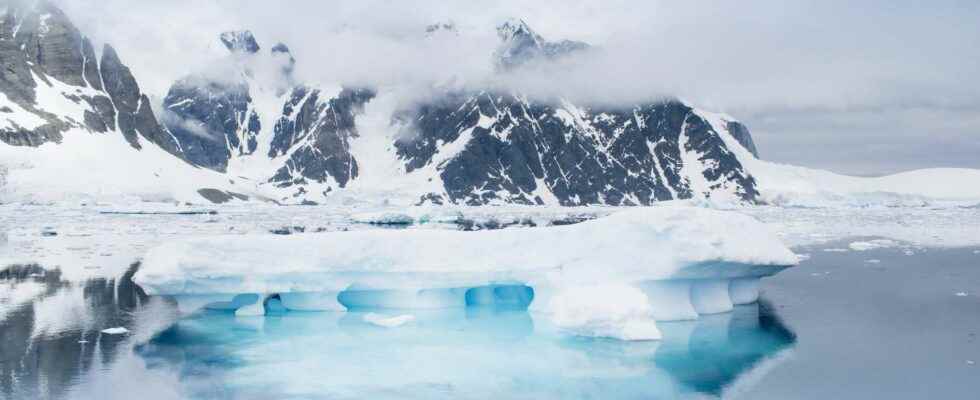To understand the main actors of the melting of the ice in Antarctica and to predict future events, scientists have studied the Larsen barrier, a structure of ice that maintains the pack ice.
You will also be interested
[EN VIDÉO] CryoSat reveals extent of melting ice The CryoSat-2 satellite has conducted various observations on glaciers in Alaska and Asia, showing massive ice loss on the summits from 2010 to 2019.
The feedback barrier is a ice barrier on the northwest coast of Antarctica. It is made up of a series of three barriers which form (or used to form) distinct bays: Larsen A (the smallest), Larsen B and Larsen C (the largest). A study, published on April 14, 2022 in the Journal of Geophysical Research: Atmospheressought to assess the contribution of various atmospheric conditions and phenomena in order to identify the most important causes that induce the melting ice from the Larsen Barrier.
For this, the team of English researchers used a modelization computer in which they entered all the observations and measurements made in this region of Antarctica. They were able to simulate patterns of merger surface ice on Larsen C under different atmospheric scenarios and identified which was the most significant.
A little history
Several important events have been observed on this Larsen barrier: Larsen A and Larsen B disintegrated in 1995 and 2002 respectively, but the pack ice eventually reformed in 2011 for Larsen B and held. In 2017, it was Larsen C’s turn to disintegrate with a ice block equivalent to a French department representing 10% of its volume. Then, finally, a huge debacle occurred between January 19 and January 22, 2022 again breaking the front of Larsen B.
Although it may not seem intuitive at first glance, these losses affect us all. When these ice barriers collapse, the upstream glaciers that are held back by these barriers eventually flow into the ocean, participating in thesea level rise. The study of these barriers by Ella Gilbert (first author) and her colleagues is therefore essential to understanding which atmospheric engines mainly control the melting and disintegration of the feedback barrier.
Top 3 Causes of Feedback Barrier Melting
The first cause of the melting of the barrier is the solar radiationfollowed by warm, dry winds (foehn winds) and finally cloud ownership via their impact on the surface energy budget — when the surface temperature is high enough, clouds can initiate or prolong periods of melting. Understanding the main causes and mechanisms of sea ice melting allows us to better predict future events in order to prepare and adapt to them.
Interested in what you just read?
